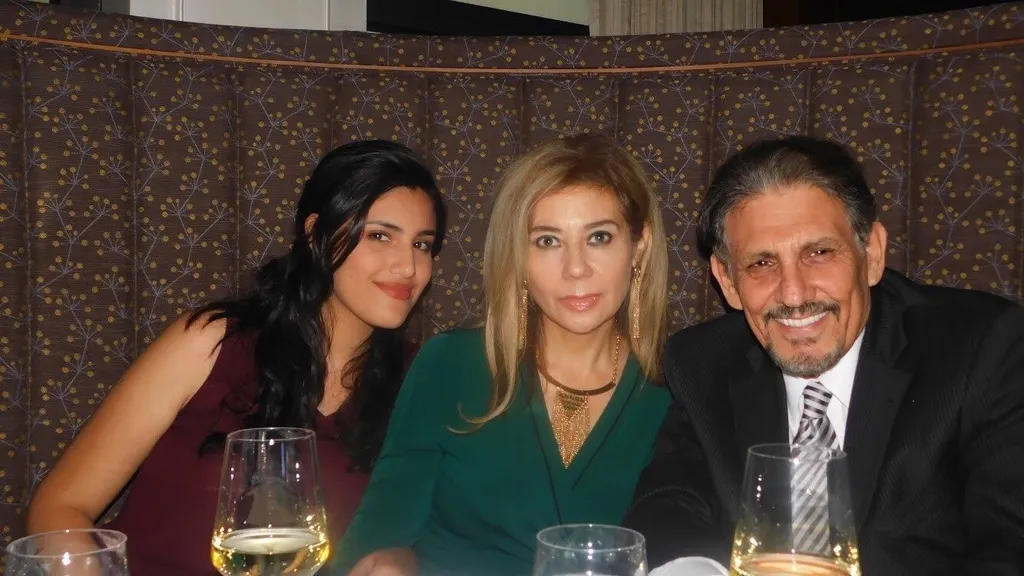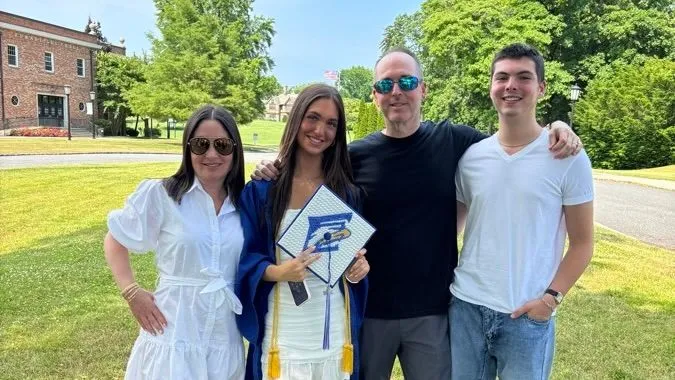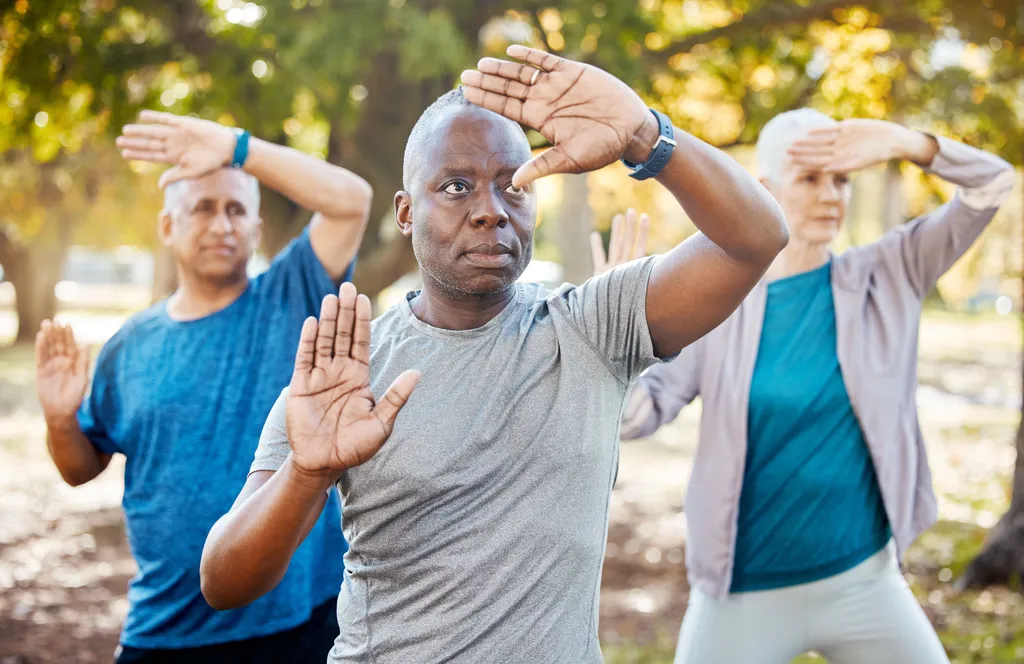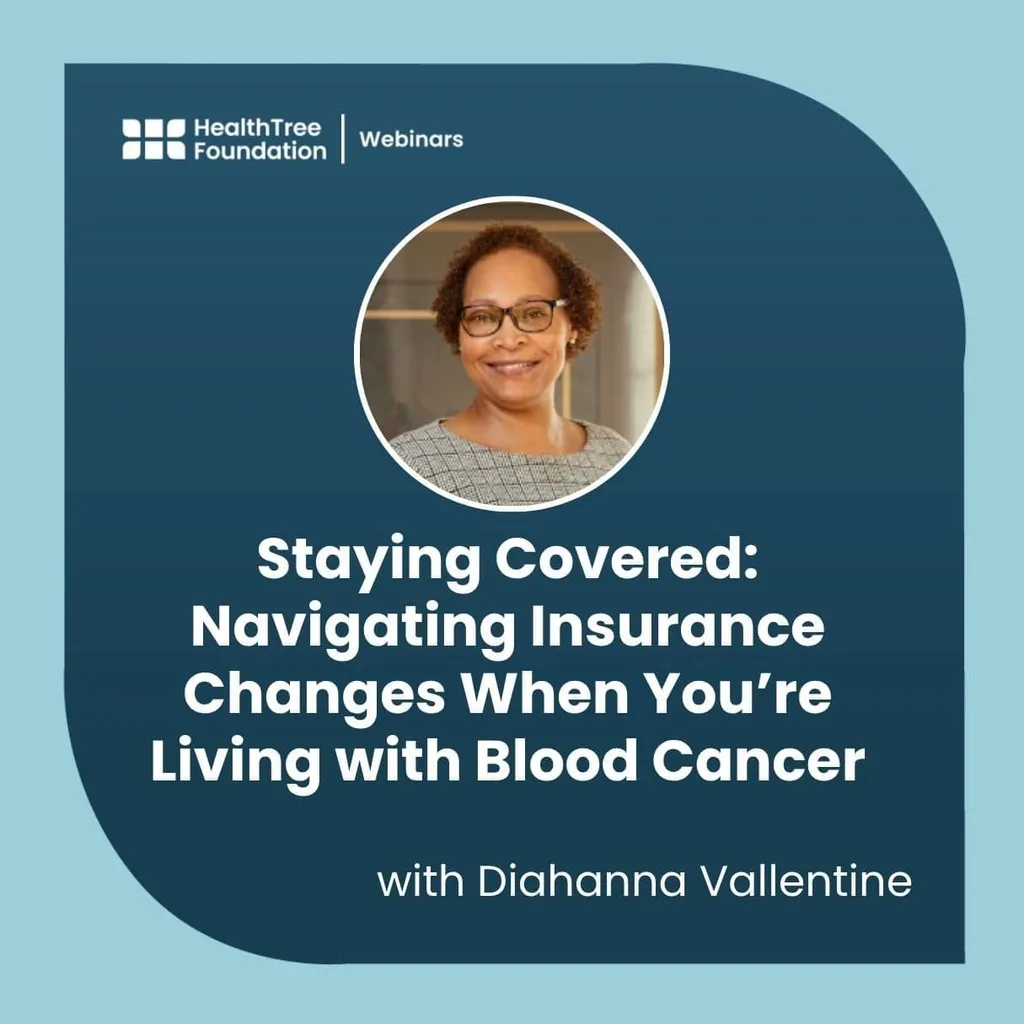John's Multiple Myeloma Clinical Trial Experience

By John Rosengard
In November 2017, I was diagnosed with multiple myeloma, a form of blood plasma cancer. At the time, my general practitioner and diagnosis team had referred me to their peers in the oncology group and I had my first meeting with my new oncologist. In explaining this disease and the treatment plan ahead, he mentioned forthcoming developments with CAR-T cells and newer generations of current medications.
As luck would have it, he and my general practitioner work at a teaching hospital, the University of California at San Francisco (UCSF), and the institution was – and still is – playing an active role in clinical trials. Since this was our first meeting, we discussed treatment options and my interest in participating in a clinical trial.
My initial response was that I had lost five months (from July to November 2017) in finding my diagnosis, and that I was ready to make up for lost time and was open to clinical trials. He arranged a meeting with a peer oncologist at UCSF, where we three agreed that I met the eligibility criteria form the GRIFFIN trial, and should complete the screening health tests.
In the following weeks, I completed the associated tests and began my first clinical trial.
At the same time, my insurance carrier announced they were exiting the California market and that I would be using open enrollment to…find another carrier. One of the steps in changing carriers – just as my participation in the GRIFFIN trial was beginning - was to write a brief letter to my new insurer requesting “continuity of care” for my multiple myeloma. That request was granted almost immediately and meant that I would complete my first (of 32) treatment cycles with one carrier, then switch to my new carrier on January 1, 2018. That meant transferring prescriptions, making sure that new pharmacies were used, and carrying around my new insurance card to every appointment.
My initial experience with the GRIFFIN trial was that the innovations were tough to see. I was on a program of four medications leading to a stem cell transplant at cycle 6/7; the usual program was one or two medications and the questions of the clinical trial investigators focused on the depth of treatment and response. Since there were 209 of us in the study worldwide, that meant I couldn’t miss a treatment or blood draw or daily medication. Otherwise, my data might get removed from the trial, probably along with me!
The four medications were delivered in unusual ways. One was given by infusion for four hours, one by injection and two daily capsules. In time, the infusion would speed up to two hours, and one of the capsules would decrease from 30 mg/day down to 5 mg/day. A new handicapped placard meant I could park in the UCSF garage for $7/day. I took sense of accomplishment from reducing the parking cost from $32/visit, but it seemed like one of the few aspects of my treatment that was entirely in my hands.
One of the capsule medications required a daily diary, and my frequent visits for infusions meant that recent treatment-related symptoms (side effects) could be addressed quickly. Every time I noted a side effect, it would quickly be addressed by my medical team and the larger group of oncologists working with 208 other GRIFFIN patients worldwide, along the GRIFFIN lead investigators and medical experts at each of the drug manufacturing companies.
Side effects were often temporary and often treatable. Over five months, I built an impressive collection of small doses of several medications. One would impressively halt any nausea in about ten minutes, while another would stop painful coughing spasms in four minutes. Others would help (or not help) with fatigue and neuropathy.
After six cycles, my treatment paused for an autologous stem cell transplant. To oversimplify, this meant an appointment to receive a temporary blood collection port (near my collarbone) and a temporary inject port (left elbow). In the single oddest part of the process, I learned how to give myself neupogen injections to stimulate stem cell generation.
The stem cell collection process wasn’t that different from a Red Cross blood donation, except for the new ports near my collarbone and elbow. After the collection process was checked, and my stem cells were frozen, I came back another day for a melphalan injection, which essentially wipes out my current slate of immunities. Shortly afterwards, I came back for my stem cell transplant, all in the same place as my extraction and melphalan injection.
The next thirty days were when my immune system was as its weakest. Pre-Covid, this recovery was at home and required me to reduce contact down to as few people as possible. In my case, my daughter served as caregiver and perfected her work-from-home skills before Covid forced most of us to work remotely.
During this 30-day recovery period, one blood work visit to UCSF revealed that I had a slight fever. This was enough to land me in the hospital until the fever subsided.
From there, cycles 7 to 32 were a routine of monthly infusions and medical team visits, with blood work to confirm my progress. I was in remission and I found the time to put all of my blood work into a single large Excel sheet. This process helped me learn all of the tests and the range of results.
Around cycle 28, the infusion time shortened from two hours to a ten-minute shot. There was a formality of checking with my insurer, but a dedicated case manager routed my request for approval within a week.
After cycle 32 in 2021, I was finished with the treatment portion of the GRIFFIN trial, but regular blood testing and periodic bone marrow biopsies have been the routine, along with a monthly monoclonal antibody injection.
The GRIFFIN trial was successful in demonstrating that more concurrent treatments earlier can give a sustained response, like remission. I expect to be giving blood samples, and waiting on relapse, for the indefinite future.
By John Rosengard
In November 2017, I was diagnosed with multiple myeloma, a form of blood plasma cancer. At the time, my general practitioner and diagnosis team had referred me to their peers in the oncology group and I had my first meeting with my new oncologist. In explaining this disease and the treatment plan ahead, he mentioned forthcoming developments with CAR-T cells and newer generations of current medications.
As luck would have it, he and my general practitioner work at a teaching hospital, the University of California at San Francisco (UCSF), and the institution was – and still is – playing an active role in clinical trials. Since this was our first meeting, we discussed treatment options and my interest in participating in a clinical trial.
My initial response was that I had lost five months (from July to November 2017) in finding my diagnosis, and that I was ready to make up for lost time and was open to clinical trials. He arranged a meeting with a peer oncologist at UCSF, where we three agreed that I met the eligibility criteria form the GRIFFIN trial, and should complete the screening health tests.
In the following weeks, I completed the associated tests and began my first clinical trial.
At the same time, my insurance carrier announced they were exiting the California market and that I would be using open enrollment to…find another carrier. One of the steps in changing carriers – just as my participation in the GRIFFIN trial was beginning - was to write a brief letter to my new insurer requesting “continuity of care” for my multiple myeloma. That request was granted almost immediately and meant that I would complete my first (of 32) treatment cycles with one carrier, then switch to my new carrier on January 1, 2018. That meant transferring prescriptions, making sure that new pharmacies were used, and carrying around my new insurance card to every appointment.
My initial experience with the GRIFFIN trial was that the innovations were tough to see. I was on a program of four medications leading to a stem cell transplant at cycle 6/7; the usual program was one or two medications and the questions of the clinical trial investigators focused on the depth of treatment and response. Since there were 209 of us in the study worldwide, that meant I couldn’t miss a treatment or blood draw or daily medication. Otherwise, my data might get removed from the trial, probably along with me!
The four medications were delivered in unusual ways. One was given by infusion for four hours, one by injection and two daily capsules. In time, the infusion would speed up to two hours, and one of the capsules would decrease from 30 mg/day down to 5 mg/day. A new handicapped placard meant I could park in the UCSF garage for $7/day. I took sense of accomplishment from reducing the parking cost from $32/visit, but it seemed like one of the few aspects of my treatment that was entirely in my hands.
One of the capsule medications required a daily diary, and my frequent visits for infusions meant that recent treatment-related symptoms (side effects) could be addressed quickly. Every time I noted a side effect, it would quickly be addressed by my medical team and the larger group of oncologists working with 208 other GRIFFIN patients worldwide, along the GRIFFIN lead investigators and medical experts at each of the drug manufacturing companies.
Side effects were often temporary and often treatable. Over five months, I built an impressive collection of small doses of several medications. One would impressively halt any nausea in about ten minutes, while another would stop painful coughing spasms in four minutes. Others would help (or not help) with fatigue and neuropathy.
After six cycles, my treatment paused for an autologous stem cell transplant. To oversimplify, this meant an appointment to receive a temporary blood collection port (near my collarbone) and a temporary inject port (left elbow). In the single oddest part of the process, I learned how to give myself neupogen injections to stimulate stem cell generation.
The stem cell collection process wasn’t that different from a Red Cross blood donation, except for the new ports near my collarbone and elbow. After the collection process was checked, and my stem cells were frozen, I came back another day for a melphalan injection, which essentially wipes out my current slate of immunities. Shortly afterwards, I came back for my stem cell transplant, all in the same place as my extraction and melphalan injection.
The next thirty days were when my immune system was as its weakest. Pre-Covid, this recovery was at home and required me to reduce contact down to as few people as possible. In my case, my daughter served as caregiver and perfected her work-from-home skills before Covid forced most of us to work remotely.
During this 30-day recovery period, one blood work visit to UCSF revealed that I had a slight fever. This was enough to land me in the hospital until the fever subsided.
From there, cycles 7 to 32 were a routine of monthly infusions and medical team visits, with blood work to confirm my progress. I was in remission and I found the time to put all of my blood work into a single large Excel sheet. This process helped me learn all of the tests and the range of results.
Around cycle 28, the infusion time shortened from two hours to a ten-minute shot. There was a formality of checking with my insurer, but a dedicated case manager routed my request for approval within a week.
After cycle 32 in 2021, I was finished with the treatment portion of the GRIFFIN trial, but regular blood testing and periodic bone marrow biopsies have been the routine, along with a monthly monoclonal antibody injection.
The GRIFFIN trial was successful in demonstrating that more concurrent treatments earlier can give a sustained response, like remission. I expect to be giving blood samples, and waiting on relapse, for the indefinite future.
about the author
Jennifer Ahlstrom
Myeloma survivor, patient advocate, wife, mom of 6. Believer that patients can contribute to cures by joining HealthTree Cure Hub and joining clinical research. Founder and CEO of HealthTree Foundation.
More on Patient Stories
Trending Articles
Upcoming Events




Get the Latest Multiple Myeloma Updates, Delivered to You.
By subscribing to the HealthTree newsletter, you'll receive the latest research, treatment updates, and expert insights to help you navigate your health.













